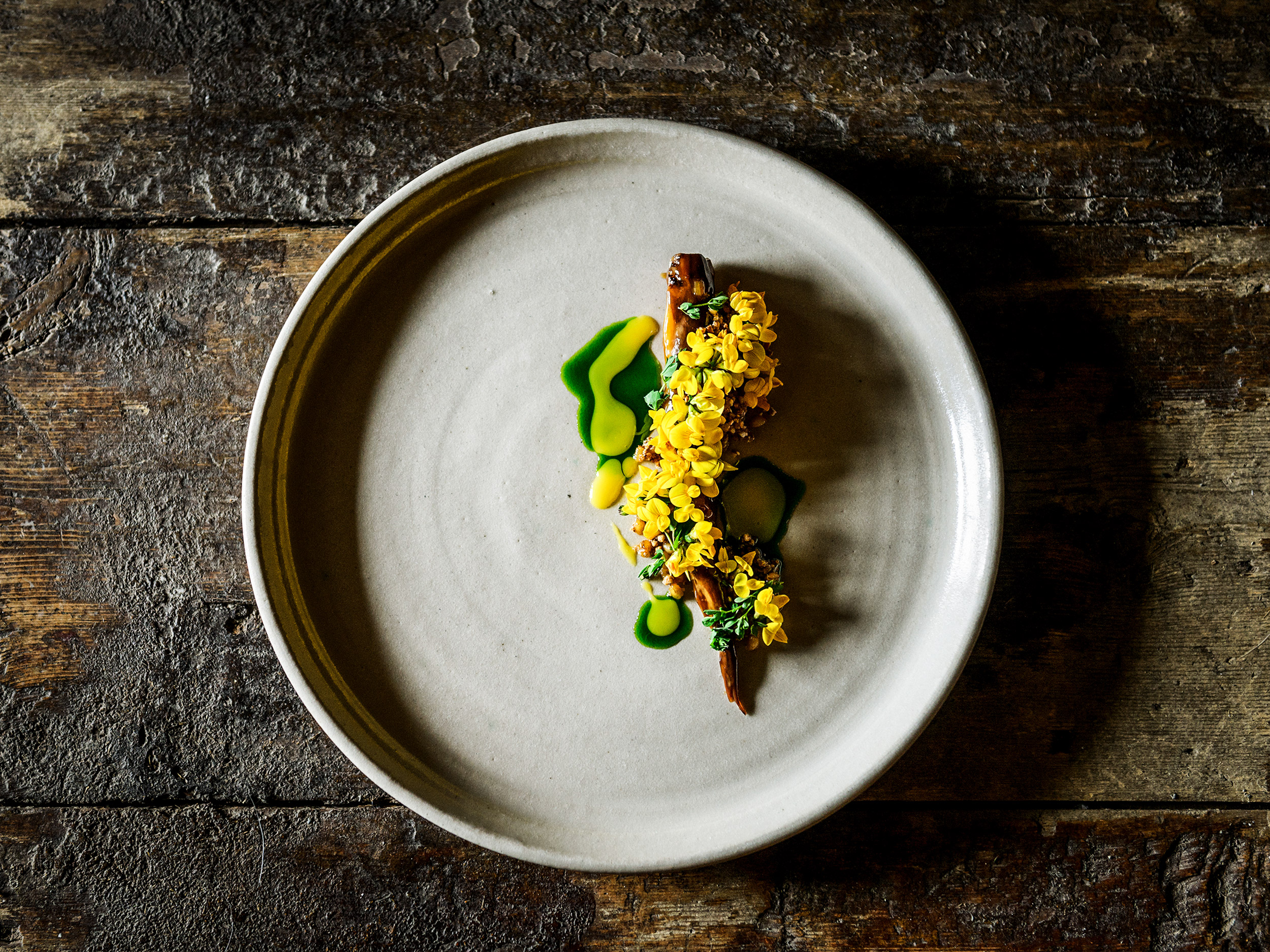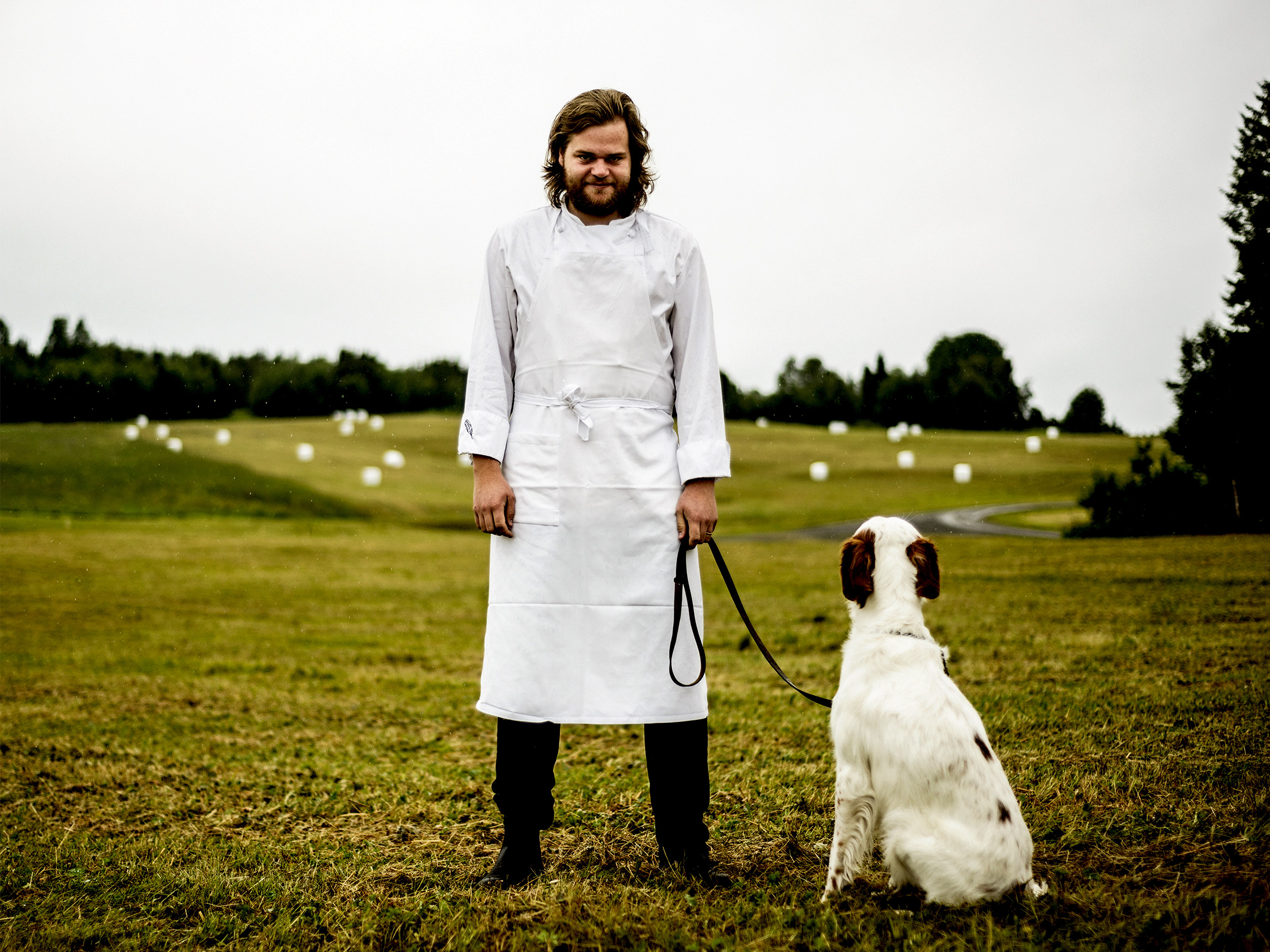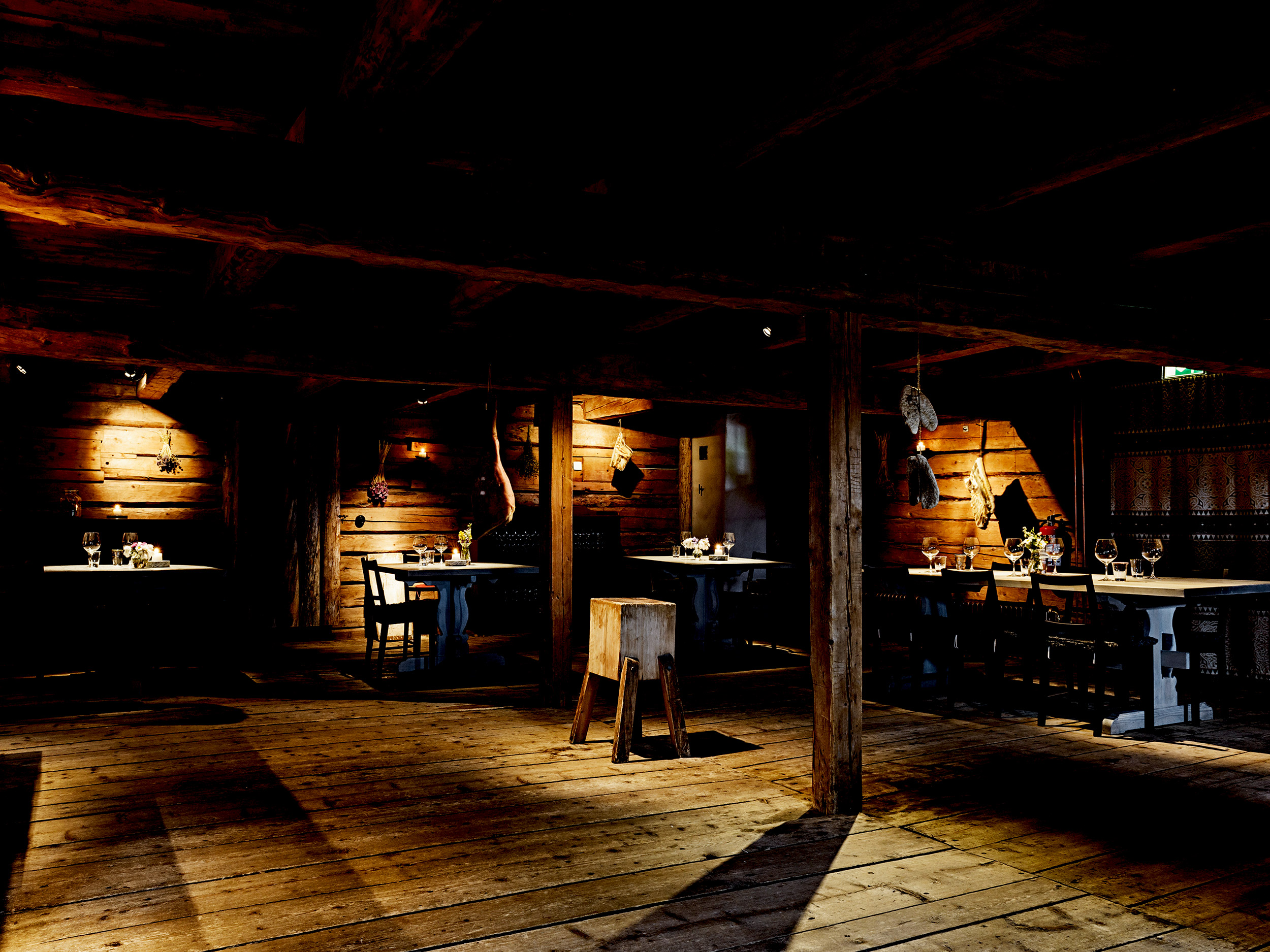JOAN BILLING & SAMUEL EBERLI • 31.08.2018
The Beauty of “New
Nordic Cuisine”? Its clarity
and reduction
The cool fjords, crystal-clear lakes, vast expanses and deep forests of the rugged Scandinavian landscape have always bound people closely to nature. Nordic lifestyle is characterised by fine craftsmanship, timelessness and sparing use of resources. It creates a sense of balance and is a conscious refuge from hectic everyday life in our society. It is no wonder then that the “New Nordic Cuisine” trend is a movement that has spread halfway around the world.
Enjoyment of food as a catalyst for social change
Eating is about more than just meeting our everyday nutritional requirements. It’s become something that we, as a society, really enjoy. We celebrate and consciously plan in time to prepare and enjoy food. It isn’t always possible for mealtimes to be an abundant ritual every day. Nevertheless, we, as a society, are becoming increasingly aware of how we deal with food. Devoting more time to food is becoming cult, which is why enjoying it in this way is becoming a catalyst for change in our society. Enjoying food goes hand in hand with physical and mental well-being. Positive sensory perception in the brain links odours and flavours with earlier memories and evaluates them. The brain then excretes messengers that trigger positive emotions. Taking pleasure in eating is also associated with the ability to relax and take one’s time – something that our society desperately needs in today’s high-stress times. Taking all that into consideration, it is unsurprising that eating, and the associated return to hospitality has become a huge trend. Looking closely, we find this development throughout our society. The new generation of designers and artists are already setting an example.
Chefs are the new designers of the transient, born of the desire for lost things such as tradition, peace, time and a sense of community.
How “New Nordic Cuisine” is changing the world
“New Nordic Cuisine” means culinary art with an emphasis on sustainability. It is one of the most influential trends in our society. The “Real Food” menu follows the rhythm, moods and laws of nature. Chefs in the kitchens of the future have their own vegetable patches and trees where long-forgotten varieties grow. Their skill is in preparing uncompromisingly local products of the highest quality, in the most natural way possible. Back to Nature. This new way of cooking is synonymous with a restaurant named “Noma”, one of the first of this movement. Noma has now been crowned the best in the world four times. “Fäviken Magasinet” is undoubtedly one of the pilgrimage sites of top cuisine in the north. It is located on the fringes the wilderness, surrounded by unspoilt nature, where bears and wolves still roam the neighbouring forests. Nobody else cooks quite like its owner, Magnus Nilsson: at one with himself and with nature.
Far away from civilisation
The journey through the barren landscape to the restaurant Fäviken is long and peaceful. It is eight hours by car from Stockholm, just below the Arctic Circle. There are no signs. You drive on country roads, past wooden houses in dove blue and falun red, through pine and birch forests and past a dozen black and shimmering lakes. Eventually, you reach a historic, two-storey grain store that was built in 1745, far away from civilisation.
The location invites you to enter into a mystical world. Greeted by the scent of fire, coal and smoke, you will be reminded of childhood experiences in the forest.
Magnus Nilsson, head chef and owner, is an impressive figure. His blond beard, long, slightly straggly hair and reindeer-skin coat are reminiscent of a Viking or Leonardo DiCaprio in his Oscar-winning film “The Revenant”.
Archaic design and sustainable food
The raw wooden interior of the restaurant Fäviken is timeless and archaic. Amuse-bouches await guest by the open fire on the ground floor, and meals are served on the first floor, which seats around 16. Guests sit at roughly hewn wooden tables and chairs. Because the meals are only prepared with ingredients that nature offers at the time, there are no menus. A fine selection of dishes are offered that perfectly represent the restaurant and its vision, pared down to just the flavour and the product. Crispy lichen, harvested from the surrounding forest, are served with fresh crème fraîche. Fine moose meat is served with wild herbs, freshly baked bread, fresh butter and a bowl of gull eggs. There is also an impressive half metre-long beef bone, grilled over an open fire and carved up in front of guests on a chopping block. The desserts are equally hard to resist. Ice extracted from birch bark is garnished on stone slabs with young beech leaves and sap. If all bark, sap and leaves tasted this good we would all eat or drink more trees! Mystical birch sap can now be found with us, far away from the north.
Radical self-sufficiency
Magnus Nilsson is obstinately self-sufficient and a radical champion of regional products. Everything that grows in his garden and the surrounding forests, including leaves, bark and lichen, ends up in his dishes. The meat comes from his own animals who graze under the skies on his 9,000 hectare farm, and the fish from his own lake. He not only tends and nurtures everything from seed to harvest, but also hunts and shoots moose and black grouse himself. Friendly local suppliers supplement his repertoire with their delicious natural products. As winter in the north continues into April, the small kitchen crew at “Fäviken Magasinet” pickle, dry, smoke or preserve products in vinegar, whey or sand, and mature several hundreds of kilos of vegetables, fruit, herbs, mushrooms, meat and fish in brine and allow them to develop edible mould.
Nilsson became familiar with these traditional food preservation methods at his grandparents’ farm. He takes care of these ancient rituals and develops them further. This safeguards the traditional methods for future generations and takes them into the future of the 21st century.
Once tasted, this hyper-local and product is never forgotten. The impression lasts forever. The Fäviken book makes sure of that with stunningly beautiful photographs by Erik Olsson. But please don’t just drop in, Fäviken has along waiting list!
If you don’t want that far to travel, the restaurant “Fulgurances” in Paris offers the chance to experience this new cuisine. The world’s top sous chefs, such as Sam Millar, take turns every four months to prove themselves before opening their own culinary temple. A culinary journey in the form of a three-course lunchtime menu comes highly recommended. Suitable for small budgets, it nonetheless guarantees maximum enjoyment. Don’t forget to book. “Fulgurances” seats around 28 and is usually full.
“New Nordic Cuisine” has become synonymous with the important and meaningful things in life that are moving back into the focus of our attention and providing an antidote to our hectic everyday life.
Photography: Petter Cohen
Further Information

Fäviken Magasinet, Fäviken 216, 837 94 Järpen
Tel: 0647-401 77, Fax: 0647-401 47
info@favikenmagasinet.se
Photography: Petter Cohen


